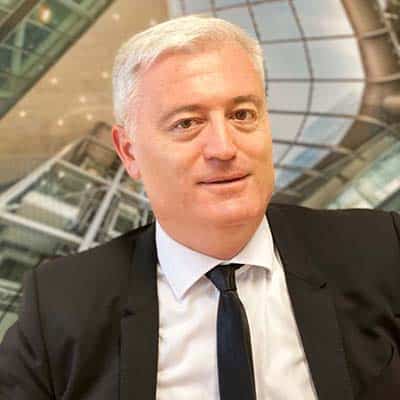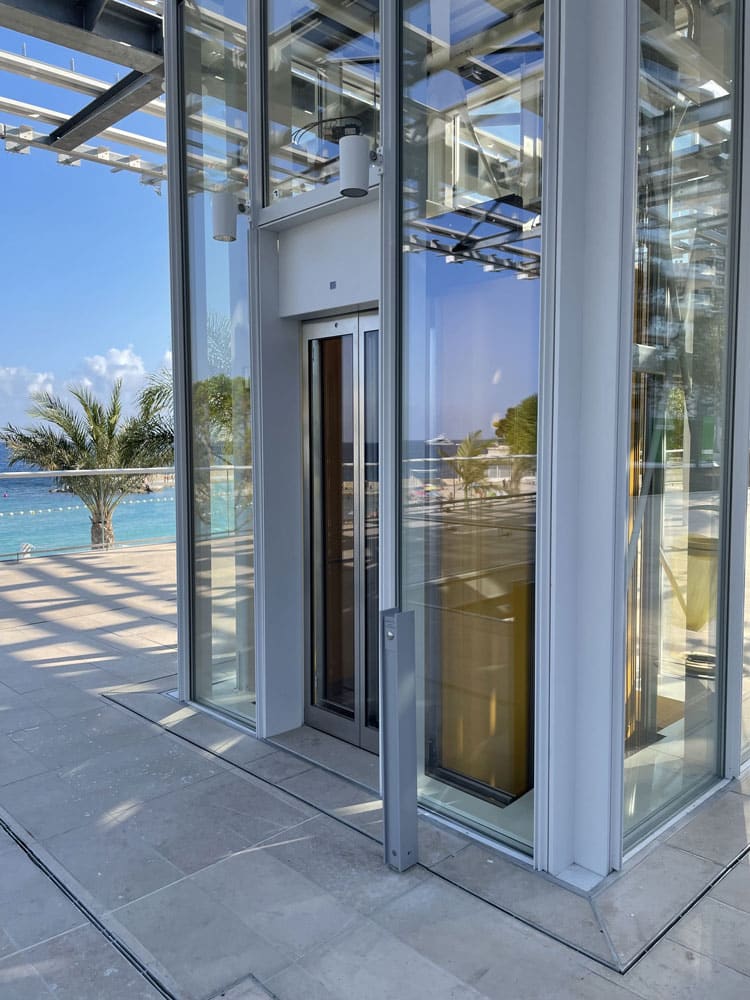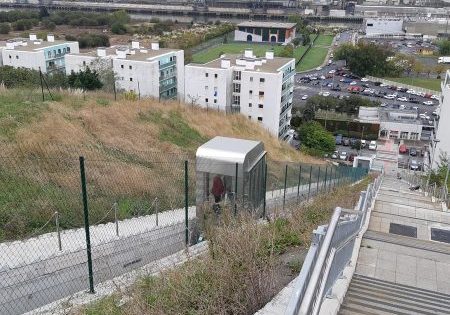Harmony by the Sea
Nov 1, 2021

Italy’s Maspero Elevatori collaborates with Renzo Piano to revitalize a formerly “fragmented” beach site in Monte Carlo.

After enjoying gin fizzes and mint juleps in the bar at the famous Hôtel de Paris overlooking the ritzy Place du Casino in Monte Carlo, Monaco, F. Scott Fitzgerald and his wife, Zelda,[1] could have used some elevators if they hoped to get their wobbly selves safely down to the beach. Alas, it would be nearly a century before such amenities became available. Six lifts custom made for the Municipality of Monaco by Italy’s Maspero Elevatori are a key part of the revitalization of Larvotto Beach and the surrounding area. Facilitating movement from Promenade Princess Grace Avenue to the only public beach in the principality, the lifts became operational in mid-July.
The entire redevelopment was designed by Renzo Piano Building Workshop (RPBW) for the municipality, situated at the base of an escarpment along the French Riviera just northeast of Nice.[2] In designing the lifts, four of which are panoramic, Maspero Elevatori worked with the RPBW and others to revitalize and enhance accessibility at a popular spot for tourists and locals.

Andrea Maspero, managing director of Maspero Elevatori, commented:
“With this order, we renew our collaboration with world-renowned architect Renzo Piano, for whom we have developed and produced several tailor-made solutions over the years. The most recent was the lift-and-elevator system for GES 2 in Moscow, the new Museum of Contemporary Art, which was being completed [this summer].
“For the Larvotto Beach project, we studied the site and created specially built systems that are highly resistant to the saline environment and wind and suitable for public transport, both in terms of traffic and numerous stresses. In particular, the four panoramic lifts are made of stratified glass, and the two service lifts provide access to the car parks to allow the public to easily move around the site.”
The redevelopment of the area covers 15,000 m2 on the upper promenade, a bicycle path and a children’s playground. The area also incorporates 10,000 m2 of contemporary architecture, including a retractable glass façade that opens to the sea. Behind this façade are restaurants, cafés and shops. Redevelopment extends to the Mediterranean Sea, with the creation of breakwaters between existing barriers to better protect the beach from storm surges.
The project has been in the works since 2016. RPBW stated:
“The current site was fragmented. It had become out-of-date and did not function outside the summer season. The new project unifies Larvotto at the beachfront level and equally at the Promenade Princess Grace Avenue level. . .. Besides the restaurants, cafés and shops, the famous (children’s diving school) École Bleue takes a prominent position with other functions for children, creating a vibrant space which will attract people all year round. Lightweight, photovoltaic (PV) pergolas follow the arch of the site over its full length, giving shelter to the public. The avenue will be generously lined with a canopy formed by Mediterranean parasol pines.”[1]
The PV pergolas provide 80% of the energy to illuminate the promenade, the gardens and the new, 1-km-long bicycling lane. The project also included a geothermal heating system, and the elevators and escalators facilitate access for all users, including those with disabilities. This will help boost a social-services summer tourism program adapted for handicapped individuals.[3]

The four panoramic, sea-facing lifts have specific characteristics suitable for a marine environment. The mechanical parts, brackets and car sling are made of AISI 318L stainless steel, a material that offers high and long-lasting resistance to the effects of salty air. Maspero observes it is a type of steel usually used for cladding, but, for this project, it was also used for the structural parts of the lifts.
The mechanical parts, brackets and car sling are made of AISI 318L stainless steel, a material that offers high and long-lasting resistance to the effects of salty air.
In the engineering phase, Maspero Elevatori’s engineers and technicians worked with modern design, programming and development systems and implemented Building Information Modeling. The team stayed in nearly constant contact with all the parties involved for the intelligent management of architectural procedures to respect the project timeframe and minimize costs.
In the end, both the team and client were highly satisfied. Maspero said:
“Any infrastructure project involving public transport requires a high level of attention to both the installation specifics and public needs. In this particular case, the most demanding challenge was to create safe and efficient solutions for passenger transportation that are, at the same time, resistant to the wear and tear created by salt and the sea wind. We successfully addressed that challenge.”
References
[1] Courtney, Nadine Jolie, “F. Scott Fitzgerald’s Favorite Places on the French Riviera,” Town & Country, November 18, 2016.
[2] britannica.com/place/Monte-Carlo-resort-Monaco
Get more of Elevator World. Sign up for our free e-newsletter.









